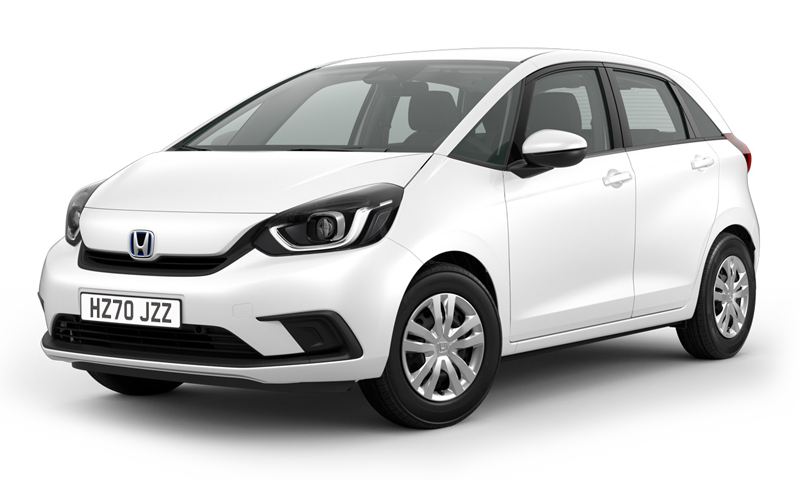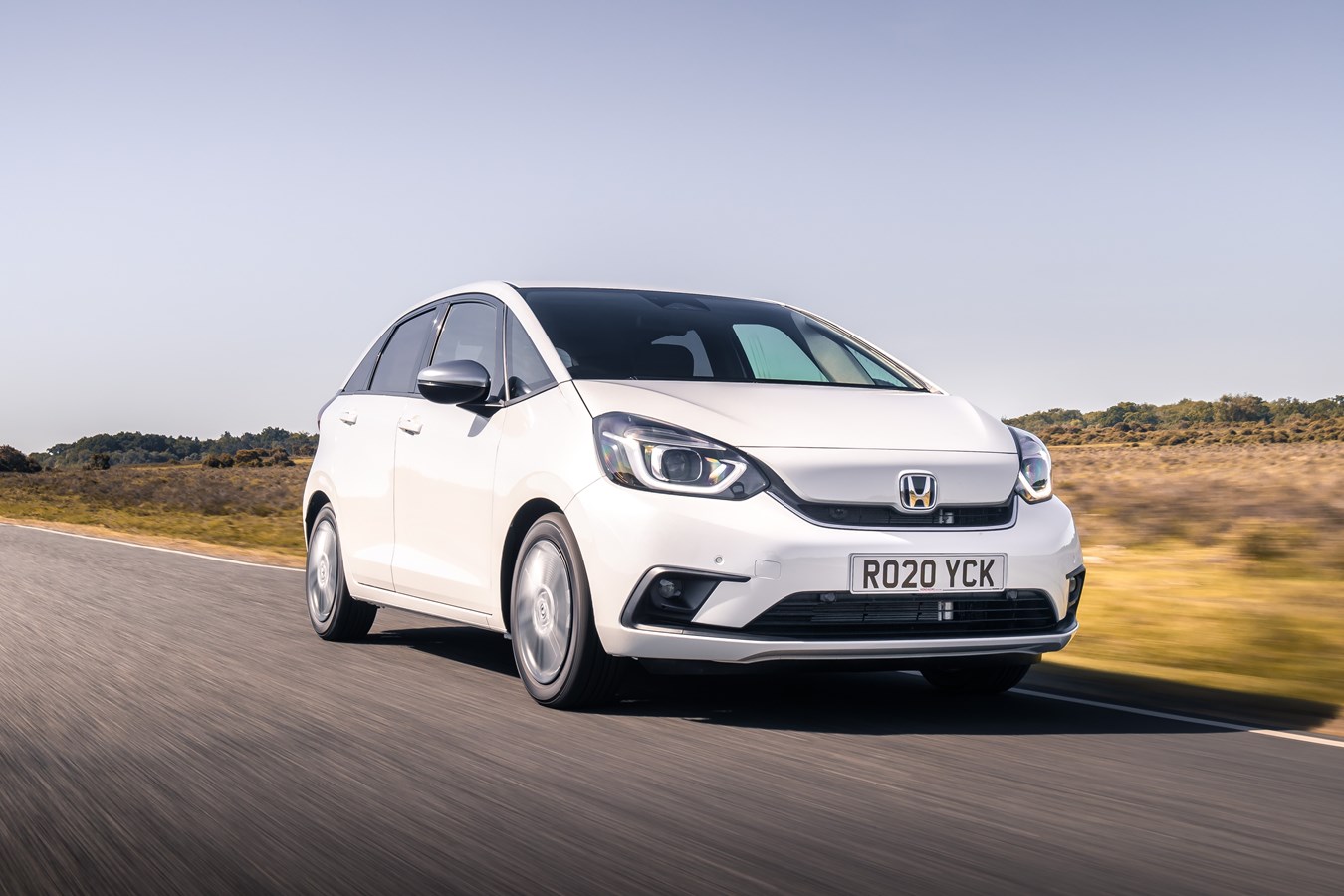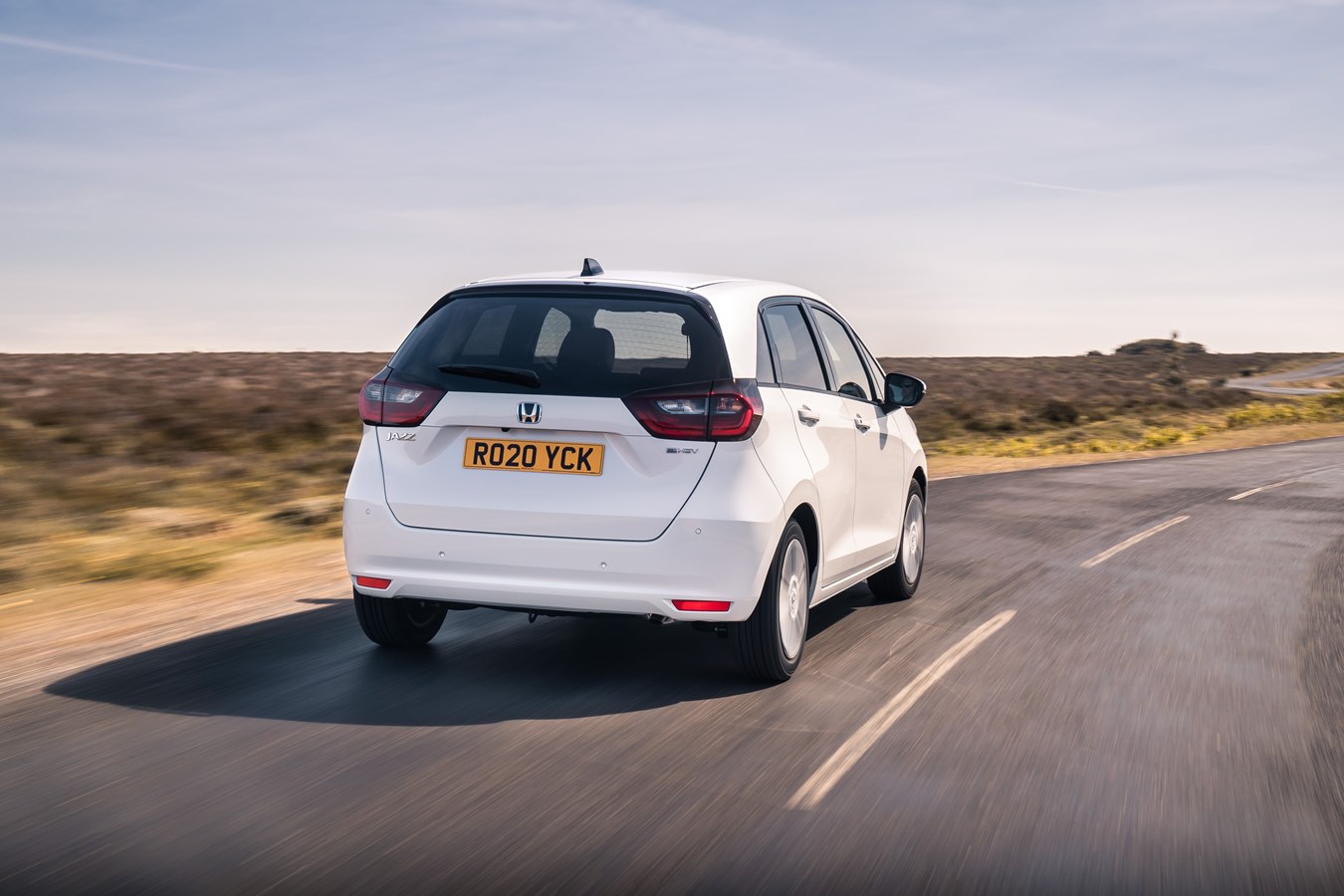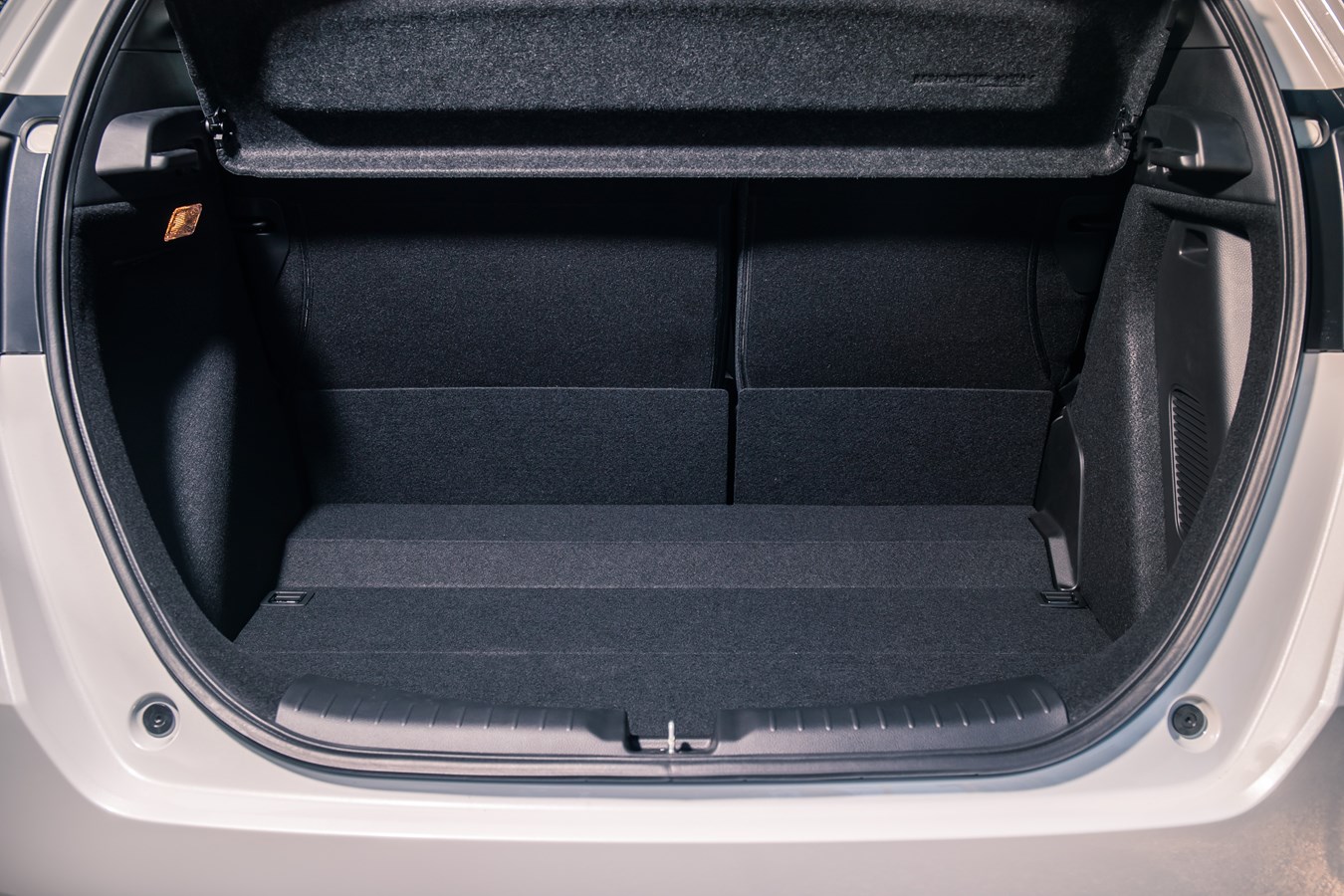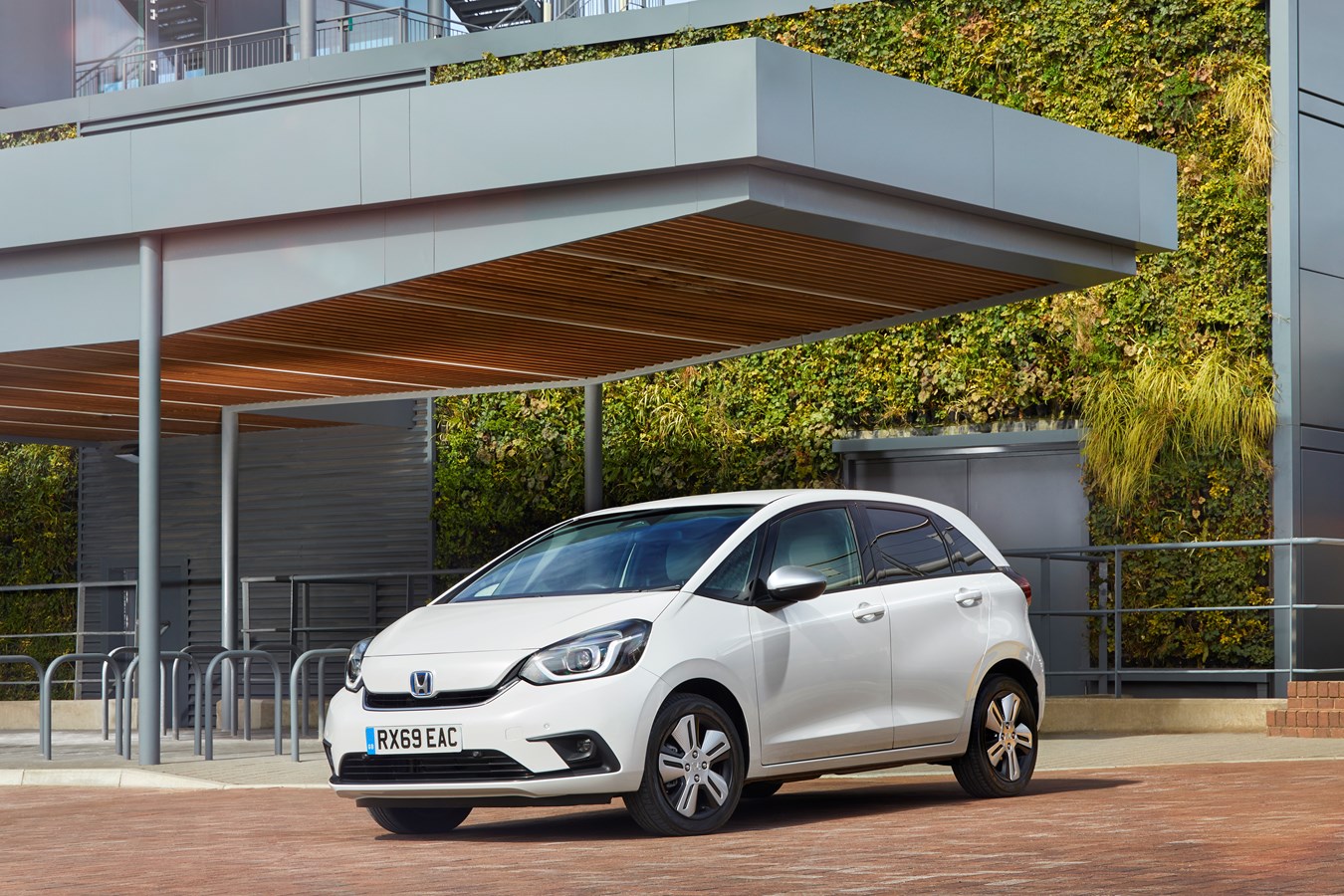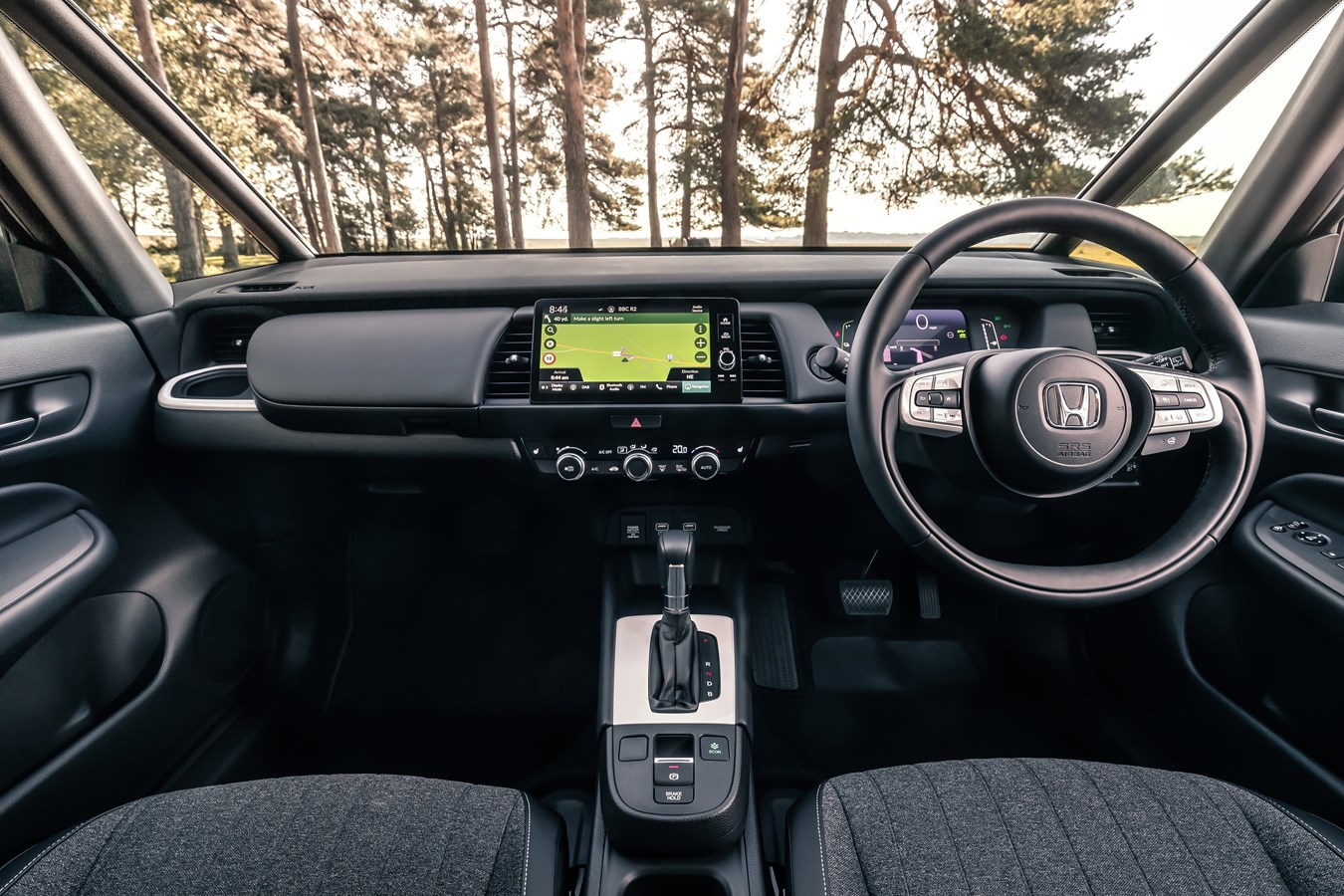Performance
As the Jazz is essentially an electric car which has a generator rather than a battery supplying most of its motive power, it shouldn’t be a surprise that it drives just like any other pure EV. Squeeze the throttle and the car takes off smartly from a standstill and gentle driving means you will hardly notice when the engine kicks in.
It means that around town the Jazz is relaxed and very refined. But when you need a little more punch - when climbing a hill, accelerating onto a motorway or overtaking – the engine sounds strained and noisy. It never feels fast either, even compared to other electric or petrol cars in this class.
Once it’s settled at a cruise on the motorway though it goes back to its relaxed and efficient self.
Drive
Jazz owners tend to be a little more on the mature side of average, and we guess Honda knows that – generally – people at later stages of life tend to place more emphasis on comfort than the ability to drift sideways around roundabouts. Therefore the Jazz is designed to be uncomplicated and largely relaxing to drive.
It’s an automatic of course, but there are two modes to choose from – a normal ‘D’ and a ‘B’ which gives you extra engine braking when you lift off the throttle. This feeds more power back into the battery and improves economy, but it’s not as strong as you’ll find on most battery electric cars.
The steering and handling aren’t as much fun as you’d find in other small cars either, including Honda’s own e. This might not matter, but the ride is a concern. On the bigger 16-inch wheels fitted to the top EX model we tried, the Jazz doesn’t do a very good job of absorbing bumps. Usually this means it will feel sporty through corners but the Jazz doesn’t score there either. It’s a shame, but should be better on lower-spec models wearing 15-inch wheels.










